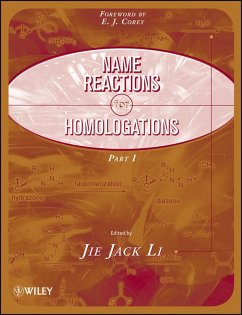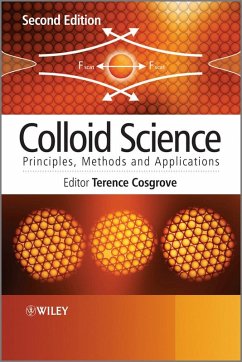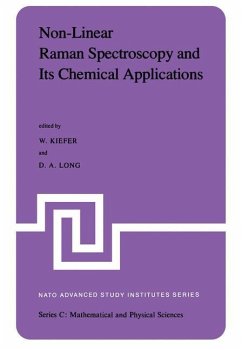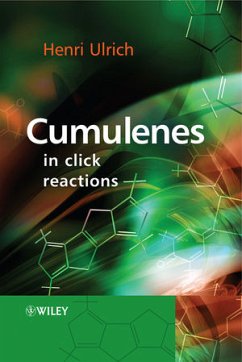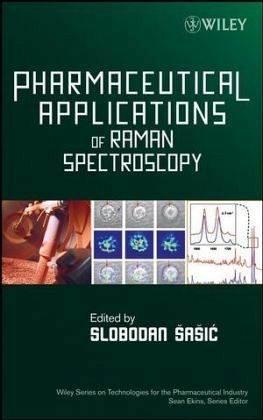
Pharmaceutical Applications of Raman Spectroscopy

PAYBACK Punkte
68 °P sammeln!
Raman spectroscopy has advanced in recent years with increasing use both in industry and academia. This is due largely to steady improvements in instrumentation, decreasing cost, and the availability of chemometrics to assist in the analysis of data.Pharmaceutical applications of Raman spectroscopy have developed similarly and this book will focus on those applications. Carefully organized with an emphasis on industry issues, Pharmaceutical Applications of Raman Spectroscopy, provides the basic theory of Raman effect and instrumentation, and then addresses a wide range of pharmaceutical applic...
Raman spectroscopy has advanced in recent years with increasing use both in industry and academia. This is due largely to steady improvements in instrumentation, decreasing cost, and the availability of chemometrics to assist in the analysis of data.Pharmaceutical applications of Raman spectroscopy have developed similarly and this book will focus on those applications. Carefully organized with an emphasis on industry issues, Pharmaceutical Applications of Raman Spectroscopy, provides the basic theory of Raman effect and instrumentation, and then addresses a wide range of pharmaceutical applications. Current applications that are routinely used as well as those with promising potential are covered. Applications cover a broad range from discovery to manufacturing in the pharmaceutical industry and include identifying polymorphs, monitoring real-time processes, imaging solid dosage formulations, imaging active pharmaceutical ingredients in cells, and diagnostics.



